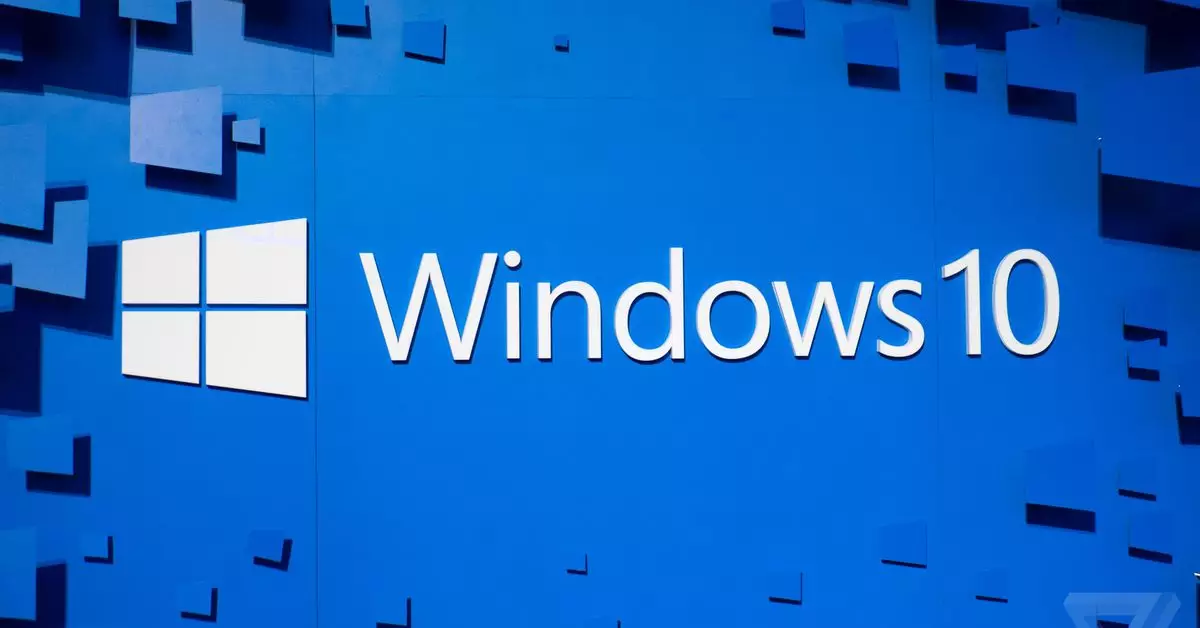As the landscape of technology evolves, the role of software support remains a critical issue in maintaining user security and satisfaction. Recently, Microsoft made a pivotal announcement regarding the future of its Windows 10 operating system. As the impending end of its support date on October 14, 2025, approaches, the company has introduced a new financial model for its Extended Security Updates (ESU) program. This shift has sparked discussions regarding the viability of Windows 10 in a rapidly changing digital environment and the motivations behind Microsoft’s push for users to upgrade to Windows 11.
By introducing a nominal fee of $30 for a year’s worth of Extended Security Updates for consumers, Microsoft has created a structured environment for those who wish to maintain their current operating system amid criticism of existing hardware requirements for Windows 11. The ESU program is not an unlimited solution; it provides essential critical and important security updates while denying users access to new features, bug fixes, or any technical support from Microsoft. This significant alteration in the support strategy implies a potential disconnect between Microsoft’s objectives and user needs.
Businesses face a different pricing structure, with initial fees set at $61, rising substantially for extended support in subsequent years. Such pricing mechanisms reflect the different priorities in security for enterprises compared to everyday consumers. The expectation is that larger organizations are more inclined to secure longer-term updates, possibly due to the complexity and cost of ongoing IT management. However, this tiered approach could lead to increased dissatisfaction among users who may feel as though they are being cornered into paying for support that would only prolong the use of an outdated operating system.
Simultaneously, Microsoft is making robust appeals for users to transition to Windows 11. This push is underscored by Yusuf Mehdi’s assertions that the end of Windows 10 support presents an opportune moment for a smooth transition to Windows 11. While it’s clear that new systems are designed with Windows 11 in mind, the reality is that countless PCs remain static in their capabilities. Many devices lack the necessary hardware specifications, such as TPM security chips and CPUs released post-2018, making them incompatible with the latest operating system.
This stringent requirement not only alienates a portion of the user base but also emphasizes the message that upgrading might entail a complete hardware overhaul, further complicating adoption rates. With Windows 11 initially struggling to surpass its predecessor in popularity, this situation stands as a significant barrier to entry for existing Windows 10 users.
The Landscape of OS Adoption
Despite these hurdles, there are indicators that users are gradually embracing Windows 11, particularly in the gaming sector. In August 2023, Windows 11 saw a brief surge to become the most preferred OS for PC gaming on platforms like Steam, only to retract once more in September. This rise and fall indicate a potential momentum building among those willing to upgrade, albeit with caveats. The legacy of Windows 10—and its ongoing functionality—suggests that many users are not ready to abandon their familiarity, resulting in a sustained competitive edge for Microsoft’s older operating system.
Moreover, the recent decision to reopen a beta program for Windows 10 users to test new features and improvements was an unexpected strategy. It indicates a level of confusion regarding Microsoft’s commitment to Windows 10 and raises questions about its support trajectory. Users awaiting clarity may feel anxious about investing in an OS that may still receive updates despite earlier promises of complete cessation. The decision, while oriented towards nurturing user engagement, could ultimately lead to further skepticism regarding Microsoft’s stewardship of its software lineup.
As Microsoft stands on the threshold of significant operational change, it is clear that both Windows 10 and its successor are vying for user attention under divergent narratives. The $30 Extended Security Update option provides a tangible yet limited solution to security concerns, prompting consumers to wrestle with the implications of either maintaining their existing systems or transitioning to contemporary alternatives.
Therefore, Microsoft must navigate this delicate compromise between pushing for newer operating systems, ensuring security for older ones, and addressing the nuanced needs of its users. The choices made in the coming years will not only define the tablet and PC markets but also shape consumer trust in Microsoft as a tech leader in the dynamic realm of technology.

